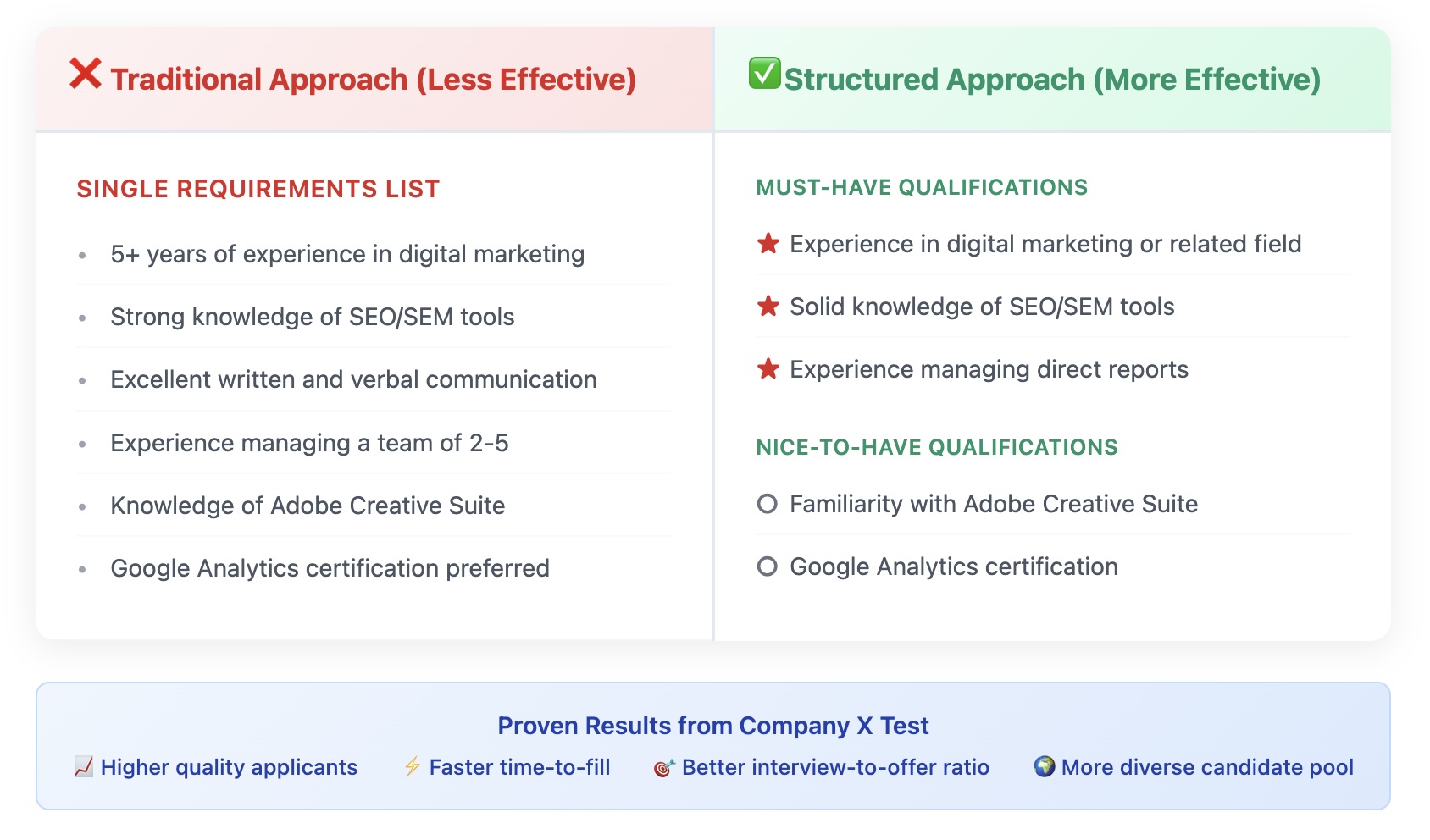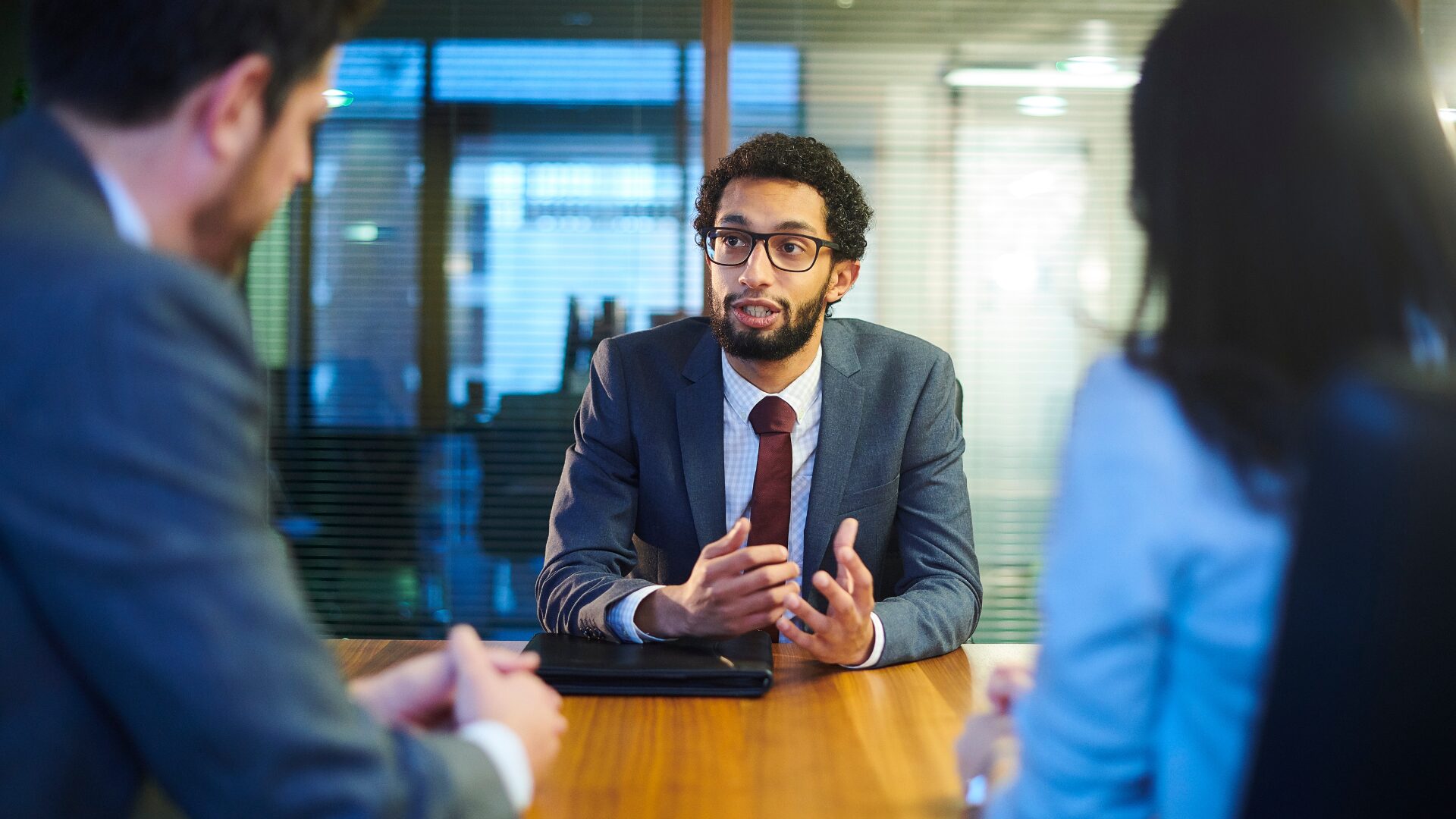![]()
![]()
1. Predictive Analytics for Turnover Risk
Predictive analytics uses historical data and machine learning to forecast which employees are most likely to leave. By analysing factors such as job tenure, performance metrics, engagement levels, and absenteeism, HR teams can identify at-risk employees and take preemptive action.
For example, if data shows that employees in a particular department tend to leave after two years, HR can implement retention strategies like additional training, salary adjustments, or career development opportunities to improve job satisfaction.
2. Employee Engagement Surveys
Regular engagement surveys provide valuable insights into how employees feel about their roles, workplace culture, and leadership. Analysing survey results helps HR teams pinpoint areas of concern and make data-driven decisions to improve employee satisfaction.
For instance, if survey results indicate dissatisfaction with management, HR can implement leadership training programs to improve communication and support.
3. Workforce Analytics for Compensation and Benefits
Salary and benefits are among the top reasons employees leave an organisation. By benchmarking compensation data against industry standards, HR can ensure that salaries remain competitive. Additionally, analysing employee benefits usage can help HR tailor benefits packages to better meet employee needs, such as flexible work arrangements, wellness programs, or professional development opportunities.
4. Performance and Career Growth Tracking
Employees who feel stuck in their roles are more likely to seek opportunities elsewhere. An HRIS with career tracking features allows HR to monitor employee performance, training progress, and career development milestones.
By using data to identify high-performing employees, HR can create personalised career paths, mentorship programs, and learning opportunities to retain top talent.
5. Exit Interview Analysis
Exit interviews provide direct insights into why employees leave. By systematically collecting and analysing exit interview data, HR teams can identify recurring issues and implement targeted improvements to reduce turnover.
For example, if multiple employees cite lack of recognition as a reason for leaving, HR can introduce reward and recognition programs to boost morale and engagement.
Implementing Data-Driven Retention Strategies
1. Personalising Employee Experience
A one-size-fits-all approach to HR no longer works. By leveraging HR data, organisations can personalise employee experiences, from tailored career development plans to flexible work options based on employee preferences and performance metrics.
2. Enhancing Leadership Development
Data-driven insights help identify leadership gaps within an organization. Providing leadership training to managers based on real employee feedback and performance analytics can improve management effectiveness and overall employee satisfaction.
3. Proactive Recognition and Rewards
HR data can help companies design better recognition programs by tracking employee achievements and contributions. Automated recognition systems integrated into HR platforms can ensure employees receive timely and meaningful recognition for their hard work.
4. Strengthening Workplace Culture
Analyzing employee sentiment through engagement surveys and feedback tools helps HR teams identify cultural strengths and weaknesses. If data suggests that employees feel disconnected, HR can implement team-building activities, enhance communication strategies, and foster a more inclusive work environment.
5. Improving Work-Life Balance Initiatives
Work-life balance plays a crucial role in employee retention. Data from time-tracking systems, leave requests, and workload distribution can help HR assess employee burnout risks. By introducing flexible work schedules, mental health resources, and well-being programs, organizations can support employee well-being and retention.
Final Thoughts
Reducing employee turnover requires a proactive, data-driven approach. By leveraging workforce analytics, HR teams can predict turnover risks, identify engagement drivers, and implement strategic initiatives to retain top talent. Investing in data-driven HR strategies not only reduces turnover but also fosters a positive workplace culture, enhances productivity, and strengthens business performance.
![]()
For more relevant posts:
- Streamlining Workflows and Reporting in HR
- Reducing Turnover with Data-Driven HR Software Solutions
- How can HR software help reduce employee turnover











